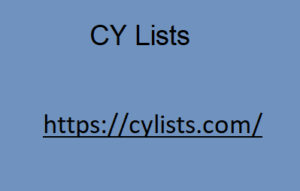|
|
Proper header formatting allows search engines to understand your content better, and they also ensure that screen readers can help disabled users navigate your blog easily. URL slug Next, we have the URL slug. The optimal URL length is around 50-60 characters, with longer URLs negatively impacting SEO. For example, the URL for this post doesn’t need to be /blog-writing-101-everything-you-need-to-know. It can just be /blog-writing-101. Meta description Lastly, we have the meta description. The meta description is the short text that appears on the SERPs that help describe the content of your page.
Considering that there are plenty of other websites out there that probably talk about the same things as you do, your meta description can help your blog stand out and get clicked by your target audience.: meta description in blog writing A good length for CY Lists your meta description is around 120 to 150 characters. What you want to avoid is for SERPs to truncate them because they’re too long, as seen in the third and fourth blog posts above. Rel=”nofollow” I mentioned earlier that it’s important for you to cite your sources through outbound links to make your article more credible to your users. But you don’t want to just give away your website’s link juice.

You can prevent that from happening by adding rel=”nofollow” to your links. This is what it looks like here on WordPress: rel nofollow for blog writing How to apply a how-to schema on your blog posts Now that you have written and optimized your blog post, it’s time to learn how to apply a how-to schema. This is, of course, applicable to your articles that are instructive in nature, hence the “how-to.” How-to articles are one of the best forms of evergreen content (remember what we talked about earlier?). And the thing about how-to articles is that you can basically write about anything and you can be sure that there are at least a handful of people searching for it. But the work doesn’t end there.
|
|